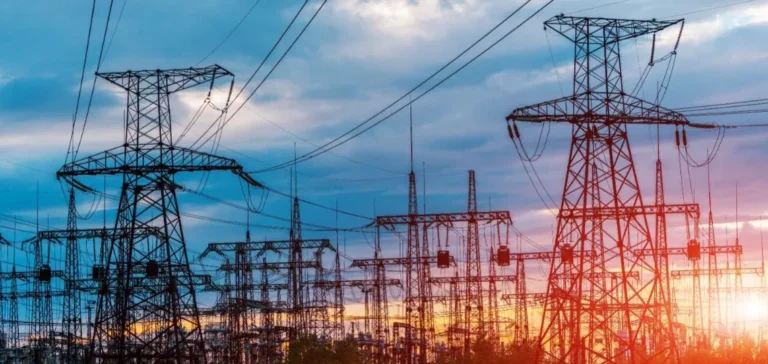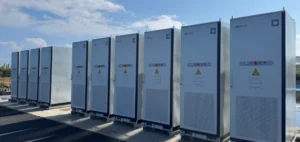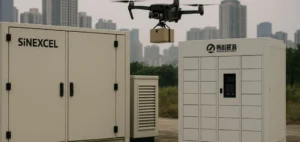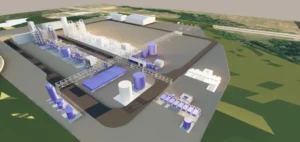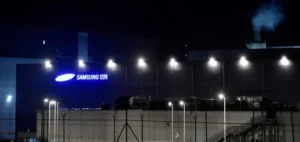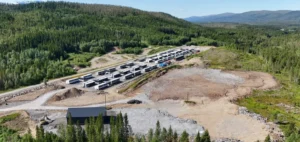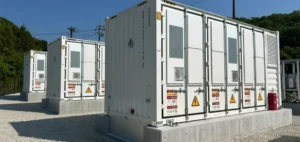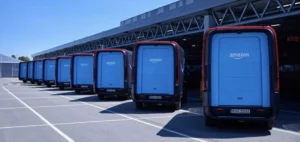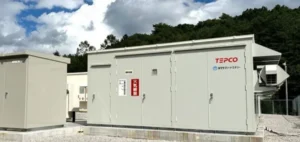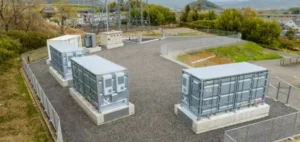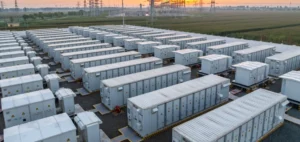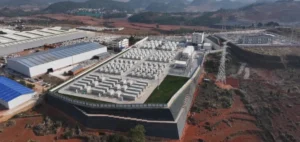Virtual power plant (VPP) capacity in North America reached 37.5 GW, recording a 13.7% increase compared to the previous year. This growth was driven more by market expansion than by capacity scaling, with over 33% growth in deployments, unique offtakers, and monetised programmes by companies and utilities.
Barriers slow capacity growth
Regulatory constraints and utility programme caps continue to limit the pace of installed capacity growth, despite increasing commercial activity. Reforms in capacity accreditation and market access rules are hindering the alignment between growing flexibility needs and the integration of distributed energy resources.
The market continues to mature. The share of VPP wholesale capacity from residential customers increased to 10.2%, up from 8.8% the previous year. Third-party data access for enrolment and settlement remains one of the key barriers to participation by small consumers.
Integrated technologies and active regions
VPPs are increasingly integrating battery storage and electric vehicles. Deployments including these technologies now represent 61% of those involving smart thermostats, which remain the dominant technology in the segment.
The states of California, Texas, New York, and Massachusetts account for 37% of identified deployments. The PJM and ERCOT regions, which are engaged in data centre capacity expansion, also report the highest disclosed contracted offtake volumes from VPPs.
Rising demand from large buyers
The top twenty-five VPP offtakers each contracted more than 100 MW in 2025. Over half of all offtakers expanded their projects by at least 30% compared to the previous year. A new “independent distributed power producer” business model has emerged, based on combining energy arbitrage and grid service revenues to finance third-party-owned storage operated by electricity retailers.
Disputes over utility-led models
Most VPP aggregators and software providers oppose utilities rate-basing distributed energy resources. This approach, central to the Distributed Capacity Procurement model, is viewed as limiting access to private capital. Several experienced wholesale market participants consider that Federal Energy Regulatory Commission (FERC) Order 2222 is unlikely to significantly impact market access.


